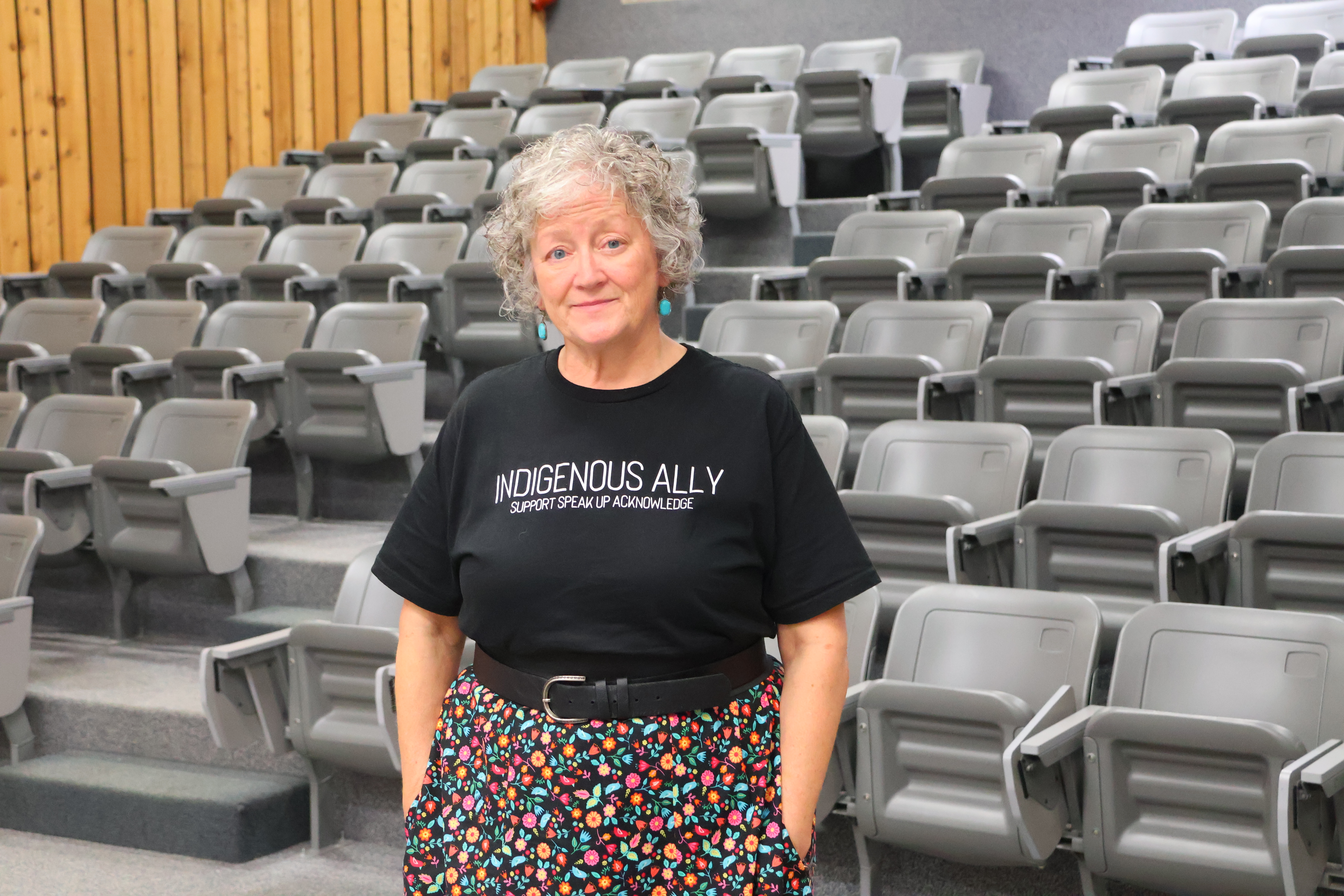
‘Step by step’ : Educators see progress in Truth and Reconciliation education
A little girl pointed up at the wall of her school gym and said, “Look, there’s a Métis flag up there.”
To anyone else hearing that, it may have just been a comment in passing, but for Sherron Burns, it was another step toward reconciliation.
“She was happy and proud to see that [flag].”
Burns is an Indigenous education consultant for the Living Sky School Division. Her job, in part, is to help integrate First Nations, Métis, and Inuit content, perspectives and ways of knowing in all curricula. Burns believes more students are becoming more aware of the world around them thanks to greater acceptance of Indigenous cultures among the new generations.



